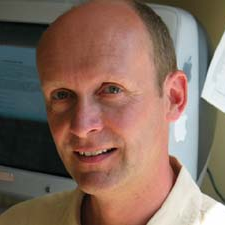 |
Prof. Andrew PomiankowskiI use theoretical and experimental approaches to study the evolution of female mate preferences for exaggerated male sexual traits used in courtship display. The work is motivated by theory on the handicap principle (female choice of mates with higher phenotypic or genotypic quality) and Fisher’s runaway process (female choice for attractive mates). These ideas are being tested with stalk-eyed flies, and this experimental work is in turn inspiring new theory about the signaling value of sexual traits, sperm competition and fertility, male choice of mating partners, female preference and meiotic drive. Another branch of work is mainly theoretical and considers how sexual reproduction has arisen and influenced eukaryote evolution. There are many different elements to this work including investigating sex determination and the evolution of gene networks, dosage compensation and sexually antagonistic alleles, genomic imprinting of sex chromosomes, mate choice in micro organisms, the contribution of intra-genomic conflicts, the evolution of binary mating types and true sexes, as well as the evolution of the germ line and early membranes. ✉ ucbhpom@ucl.ac.uk |
 |
Dr. Laurel Fogarty2020 Research Fellow Evolution of learning, communication, and culture My work is on mathematical and computational models of learning, culture and the evolution of communication more broadly. My current projects are on theory relating to: ✉ uccolfo@ucl.ac.uk |
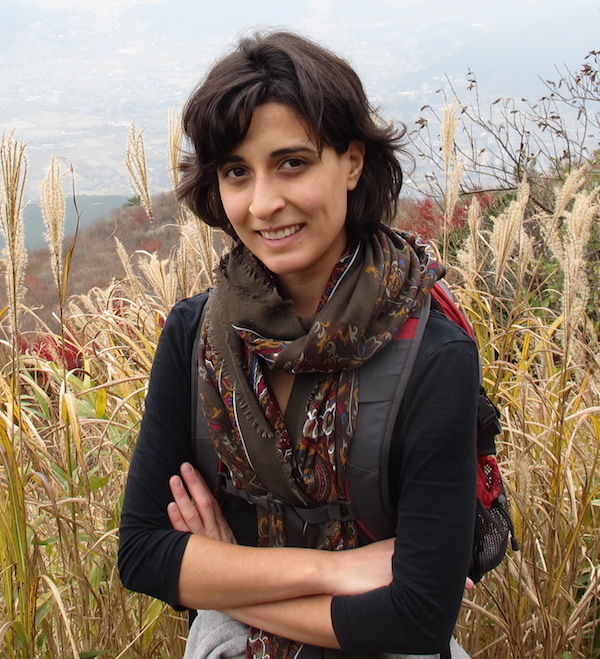 |
Dr. Zena HadjivasiliouEPSRC Research Fellow Evolution of the sexes and sexual asymmetry My work lies in the intersection between mathematics, physics and biology. I studied the evolution of uniparental inheritance of mitochondria and its role in the evolution of distinct sexes for my PhD. I am particularly interested in the ways in which signaling interactions between sexual cells, and the physical constraints that come with that, can help us understand the origins of sexual asymmetry. This has led to a more general interest in cell-to-cell signaling and its role during both evolution and development. I am currently involved in a project studying the dynamics of patterning in the developing fly embryo through short and long-range signaling interactions. ✉ zena.hadjivasiliou@ucl.ac.uk |
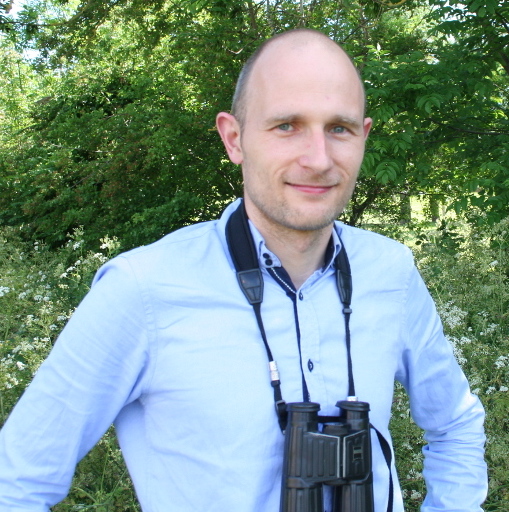 |
Dr. Bram Kuijper2020 Research Fellow Evolution of Sex and Cooperation Bram is an evolutionary biologist who works on fundamental questions in evolutionary theory. He is currently modelling the evolution of non-genetic effects (e.g., maternal hormones, heritable epimutations), allowing us to predict the ecological contexts in which nongenetic effects are likely (or unlikely) to be important. He also works on the evolutionary dynamics of mitochondria by modeling how conflict between mitochondria and the nucleus drives mitochondrial gene loss. Finally, he is currently looking into experimental systems to test some of his predictions using experimental evolution. ✉ a.kuijper@ucl.ac.uk |
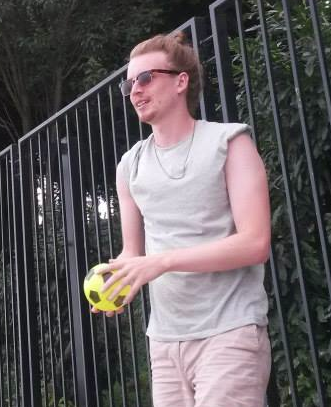 |
James HowiePhD Student - NERC Studies of ornamentation and ejaculate My work focuses on sexual selection in the African stalk-eyed fly species, Diasemposis meigenii. In this species, females exhibit mate preferences for males with larger eyespans. In turn, male eyespan is known to reveal information about both the environmental and genetic condition of the male. My research interests have been (1) to isolate components of female preference, and determine how variation in these leads to sexual selection on the male ornament, (2) to elucidate the shape of cross-environment genetic condition dependence in the male ornament and (3) to examine the covariation of reproductive traits with the male ornament. My goal is a better understanding of the relation of female mate choice, male ornamentation, and sexual selection. ✉ james.howie.11@ucl.ac.uk |
 |
Lara MeadePhD Student - NERC Sexual selection and meiotic drive in stalk eyed flies My project integrates field and laboratory based research on sexual selection. Stalk-eyed flies are a canonical example of sexual selection. In Teleopsis dalmanni males have exaggerated eyespan and females show strong mate preferences for males with larger eyespan. Females have low fertility despite mating at high rates and exhibiting strong mate preference for particular males. Some populations harbour an X-linked meiotic drive system that results in female biased broods due to the degeneration of Y-bearing sperm. My project will further examine the inter-relationships between sexual selection, fertility and meiotic drive. ✉ lara.meade.13@ucl.ac.uk |
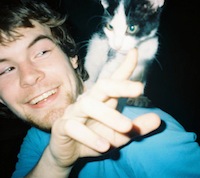 |
Jeremy OwenPhD Student - UCL CoMPLEX Evolution of reciprocal sex from lateral gene transfer in early eukaryotic evolution as a mechanism for mixis and recombination Eukaryotes, including all sexually recombining organisms, evolved from symbiotic partnerships between prokaryotes, so recombination presumably first originated in organisms that initially used lateral gene transfer to ensure genetic variation. Using mathematical and computational models, I am investigating how events in the early evolution of eukaryotes might have favoured recombination over lateral gene transfer, and why modern-day prokaryotes and eukaryotes use such different mechanisms to ensure genetic variation. ✉ jermey.owen.12@ucl.ac.uk |
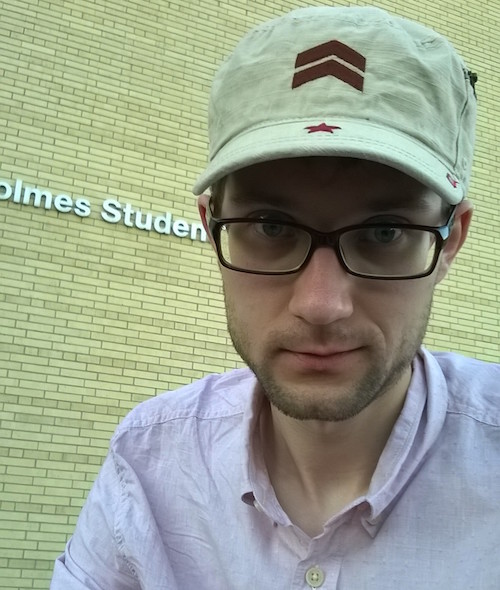 |
Arunas RadzvilaviciusPhD Student - UCL CoMPLEX Sexual development strategies Different developmental strategies dominate in distinct animal groups and sexes, but selective forces responsible for their origin are not clear. There is a massive gap between the developmental complexity and somatic organization of placozoans or sponges, and bilaterians/ctenophores. Mitochondrial genetics and energetics might play a key role. I use mathematical modelling to come up with novel solutions to some of the most perplexing problems in evolutionary biology: the origin of sexual dimorphism, germline—soma distinction, complex animal development, aging and mortality. My long term goal is to explain why the life on Earth is the way it is, how transitions in biological complexity occur, and based on that offer predictions on possible signatures of extraterrestrial life. ✉ a.radzvilavicius.12@ucl.ac.uk |
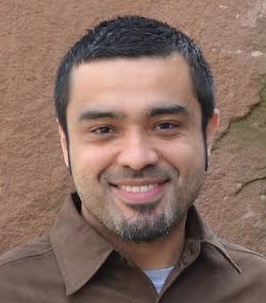 |
Victor SojoPhD Student - UCL CoMPLEX Membrane bioenergetics at the major transitions in early evolution Victor is analysing the importance of energy flows through membranes at the origin and early evolution of cellular life from protocells that, we assume, were bound to a natural proton gradient such as that in alkaline hydrothermal vents. These protocells exploited the natural gradient pretty much like mitochondria use their own gradient today. They would have had genes and proteins but, surprisingly, not modern membranes as we know them in present-day bacteria and archaea. Victor is doing mathematical modelling to understand why. Going forward a couple billion years, he studies the evolution of membranes at the origin of eukaryotic cells from the endosymbiosis of a bacterium within an archaeon, doing computational chemistry (molecular mechanics/dynamics) modelling to assess the choices our progenitors made. ✉ v.sojo.11@ucl.ac.uk |
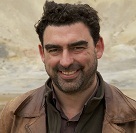 |
Dr. Nick LaneCollaborator - UCL Bioenergetics and the major transitions in evolution Nick is a British biochemist and writer. He was awarded the first Provost's Venture Research Prize in the Department of Genetics, Evolution and Environment at University College London, where he is now a Reader in Evolutionary Biochemistry. Dr Lane’s research deals with evolutionary biochemistry and bioenergetics, focusing on the origin of life and the evolution of complex cells. Dr Lane was a founding member of the UCL Consortium for Mitochondrial Research, and is leading the UCL Research Frontiers Origins of Life programme. He was awarded the 2011 BMC Research Award for Genetics, Genomics, Bioinformatics and Evolution, and the 2015 Biochemical Society Award for his sustained and diverse contribution to the molecular life sciences and the public understanding of science. ✉ nick.lane@ucl.ac.uk |
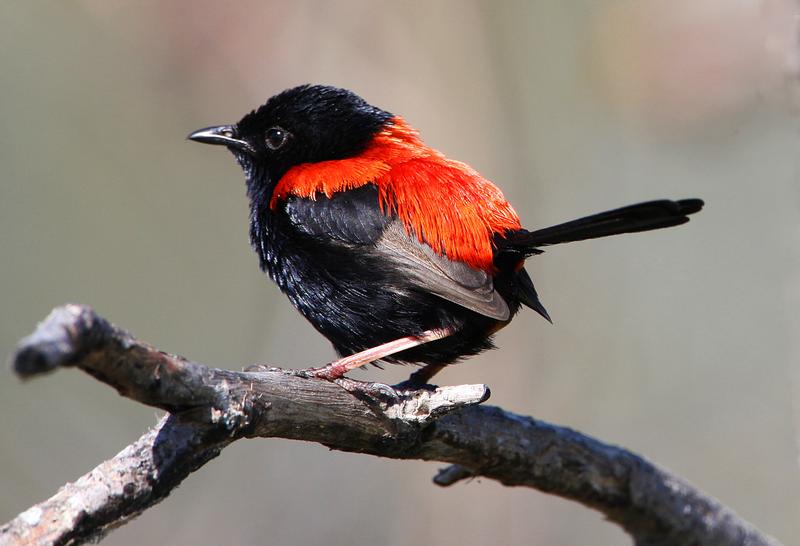 |
Prof. Kevin FowlerCollaborator - UCL Sexual selection and sexual antagonism in insects My primary interest is the evolution of an exaggerated sexual trait, male eyespan, in stalk-eyed flies. Current studies are focussed on whether male eyespan has condition-dependent expression and acts as a signal of male quality. Assays of male fertility are underway so as to understand why female stalk-eyed flies are often sperm-limited. Developmental genetic and transgenic techniques are being trialled with the aim of comparing expression patterns of genes involved in regulating eyestalk development. My additional linked interest is in the genetic basis of sexual antagonism in fruitflies. We are assaying genetic differences that underlie morphological and fitness traits in a suite of hemiclonal strains. ✉ k.fowler@ucl.ac.uk |